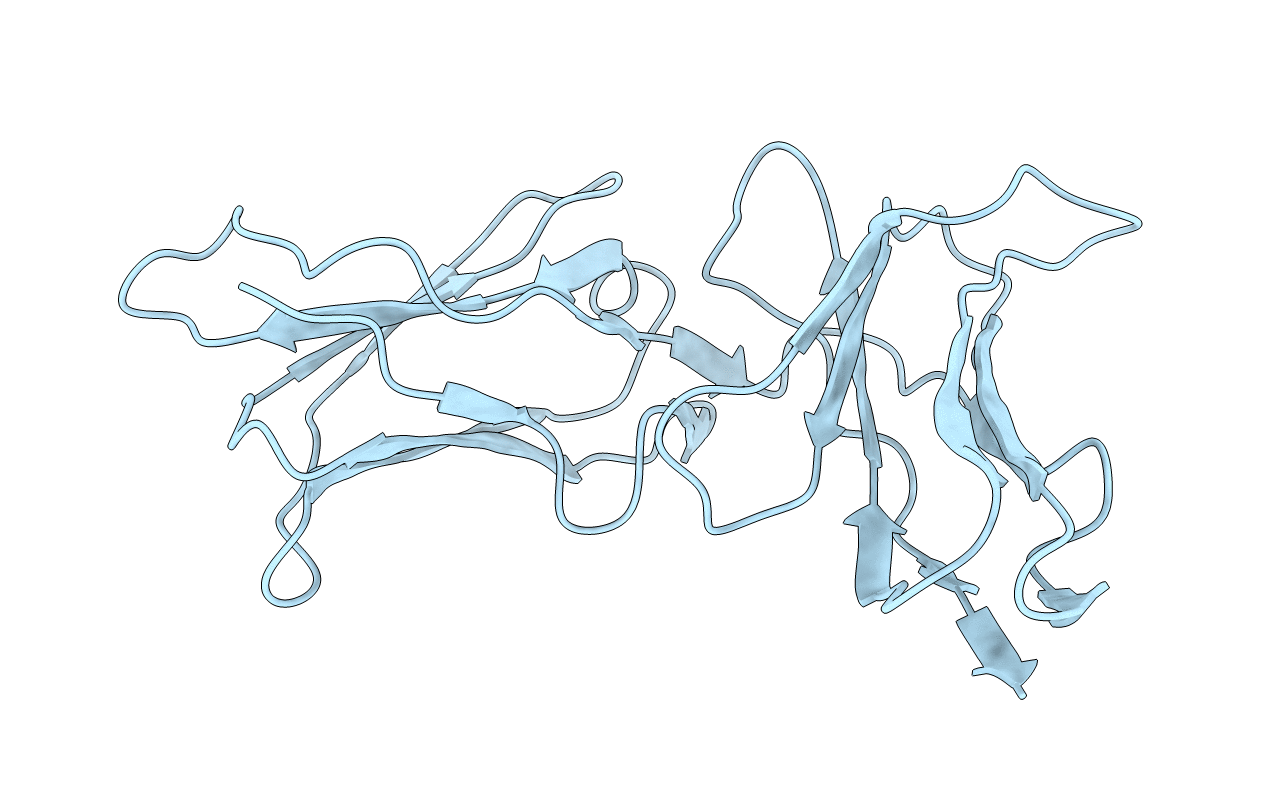
Deposition Date
1999-03-08
Release Date
2000-01-13
Last Version Date
2024-11-06
Method Details:
Experimental Method:
Resolution:
2.90 Å
R-Value Free:
0.33
R-Value Work:
0.22
Space Group:
P 32 2 1


